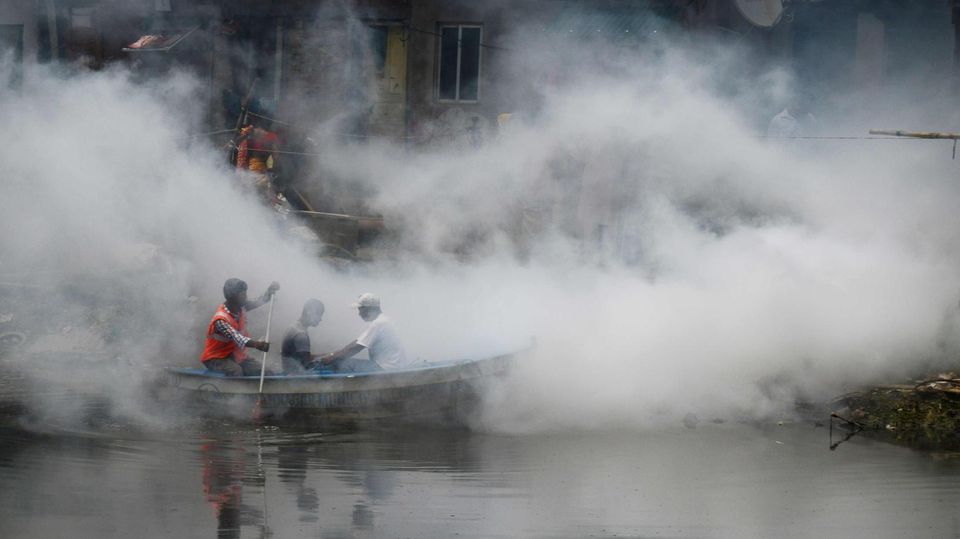The plague that raged in the Mediterranean region in the middle of the 5th century is considered to be one of the worst epidemics in Europe. But now new studies show that the Justinian plague, named after the emperor of the time, claimed fewer lives than thought.
It is considered one of the worst epidemics that Europe – from the north to Egypt and Iran – has ever hit. The plague wave that raged across the continent from the middle of the 5th century was long considered a turning point. It is said to have killed around half the population. The emperor himself, Justinian, also fell ill, but survived the wave that went down in history as the Justinian plague. And for a long time, in the eyes of science, heralded the fall of the Roman Empire and the end of antiquity.
However, for several decades some historians have contradicted this theory. Some experts classify the estimates of population losses as “hysterical”. In addition to written records from the Greek writer Prokop and some church histories, there are also archaeological finds. Now a team of historians from the University of Maryland’s National Socio-Environmental Synthesis Center has published a new study. In addition to the historical sources, the circulation of coins, burial practices, pollen samples, inscriptions and other data were also examined. “If this plague had been a defining moment in human history, taking the lives of, as is often claimed, between a third and half of the Mediterranean population in just a few years, we should have evidence of it – but our data collection found none said Lee Mordechai, who worked on the study, to “”.
Plague in the Roman Empire
The researchers found that significantly fewer people must have died in the plague wave. The epidemic therefore played no role in the fall of the Roman Empire. “We find little evidence to support the claim that the Plague of Justinian was a watershed event,” according to the study, published in the journal. One of the justifications given by the researchers as to why the death wave was maintained for so long: earlier scholars would have concentrated on the impressive, written sources and transferred these findings to other places in the Mediterranean – and at the same time they would have ignored many contemporary texts in which the Justinian plague didn’t show up at all.
An indication of the milder course of the plague is the form of burial. If the disease kills many people in a short time, the shape of the graves will also change. Mass graves are known from the time of the “Black Death”, the great plague epidemic in the Middle Ages, in which the dead were provisionally buried. The researchers could not identify such graves for the period in the 5th century. “We examined a large data set of human burials before and after the plague outbreak, and the plague did not lead to a significant change,” said Janet Kay, co-author at Princeton University.
Agriculture did not collapse
Agricultural production during the period was also examined. To do this, the experts took a closer look at the amount of grain pollen: a reduction in this would mean that agriculture would shrink. This happened at the time of the medieval plague outbreaks. “If fewer people were working in the countryside, this should have been demonstrated in Pollen, but this has not been done so far,” says another study author.
However, the researchers admit that their datasets are not perfect either. So future researchers could contradict their work. But they have currently evaluated all available data. an interdisciplinary team worked together for this.

It is undisputed that the plague was still severe. However, modern research now assumes that “only” around a quarter of the population died from the disease. Justinian himself survived the plague, but is said to have been a completely different person afterwards. Instead of full of enthusiasm, he is described as hesitant. He died of natural causes at the age of 83.
Source: Stern




